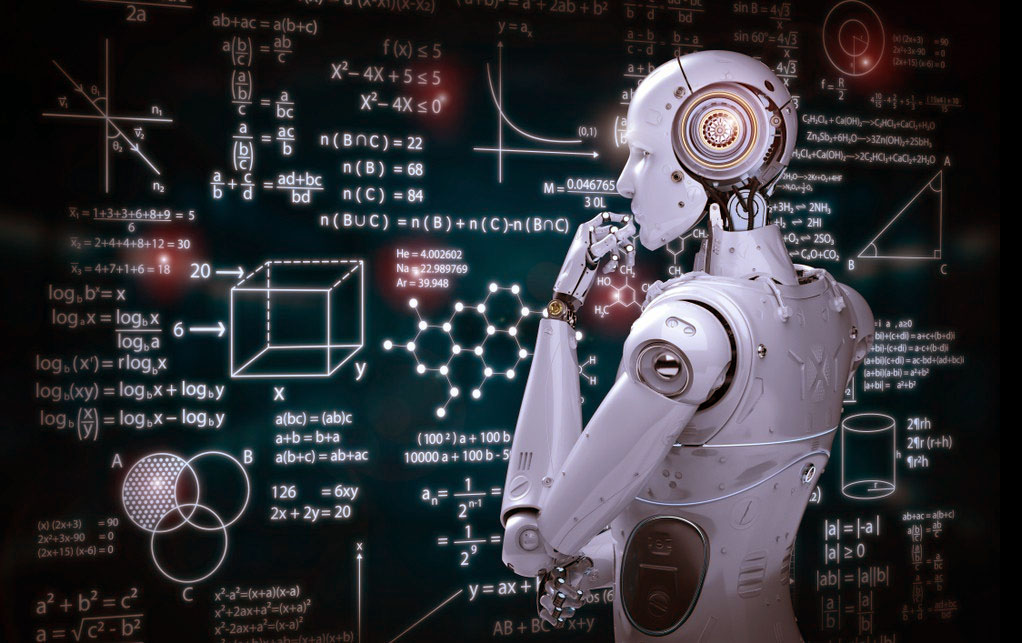For Professionals, By Professionals

Discover ProX PC for best custom-built PCs, powerful workstations, and GPU servers in India. Perfect for creators, professionals, and businesses. Shop now!
SERVICES
WE ACCEPT










Introduction:
Machine learning has emerged as a powerful tool in the realm of artificial intelligence, enabling computers to learn from data and make predictions or decisions without being explicitly programmed. In this comprehensive guide, we'll delve into the fundamentals of machine learning, exploring its key concepts, algorithms, models, and real-world applications in simple terms for beginners.
Understanding Machine Learning:
At its core, machine learning is a subset of artificial intelligence that focuses on developing algorithms capable of learning from data and improving their performance over time. Unlike traditional programming, where rules are explicitly defined by humans, machine learning algorithms use statistical techniques to identify patterns in data and make predictions or decisions based on those patterns.

Supervised Learning: Learning from Labeled Data:
Supervised learning is a common approach in machine learning where the algorithm learns from labeled data, consisting of input-output pairs. The algorithm is trained on a dataset containing examples with corresponding labels, and it learns to map inputs to outputs by minimizing the difference between its predictions and the true labels. Supervised learning is used for tasks such as classification, regression, and ranking.

Unsupervised Learning: Discovering Patterns in Unlabeled Data:
Unsupervised learning involves training machine learning algorithms on unlabeled data, where the goal is to discover underlying patterns or structures in the data. Unlike supervised learning, there are no explicit output labels, and the algorithm must find meaningful representations or clusters within the data. Unsupervised learning techniques include clustering, dimensionality reduction, and anomaly detection.

Types of Machine Learning Algorithms:
Machine learning algorithms can be classified into several categories based on their learning style and function. Common types of machine learning algorithms include:
1. Linear Regression: A simple algorithm used for regression tasks to predict a continuous value based on input features.
2. Logistic Regression: A classification algorithm used to predict binary or multiclass labels based on input features.
3. Decision Trees: Tree-based algorithms that partition the feature space into hierarchical decision rules.
4. Random Forest: An ensemble learning method that combines multiple decision trees to improve prediction accuracy and reduce overfitting.
5. Support Vector Machines (SVM): A supervised learning algorithm used for classification and regression tasks, particularly effective in high-dimensional spaces.
6. Neural Networks: Complex models inspired by the structure and function of the human brain, capable of learning intricate patterns in data.
Deep Learning: Unleashing the Power of Neural Networks:
Deep learning is a specialized field of machine learning that leverages artificial neural networks with multiple layers to model complex patterns in data. Deep learning algorithms excel at tasks such as image recognition, speech recognition, and natural language processing. Convolutional Neural Networks (CNNs) are commonly used for image analysis, while Recurrent Neural Networks (RNNs) are well-suited for sequential data processing.

Real-World Applications of Machine Learning:
Machine learning finds applications across various industries and domains, transforming how we work, communicate, and live. In healthcare, machine learning is used for medical diagnosis, drug discovery, and personalized treatment recommendations. In finance, machine learning powers algorithmic trading, fraud detection, and risk assessment. In marketing, machine learning drives customer segmentation, targeted advertising, and recommendation systems.

Challenges and Considerations in Machine Learning:
While machine learning offers immense potential, it also presents challenges and considerations that must be addressed. These include:

1. Data Quality: Machine learning algorithms are highly dependent on the quality and quantity of training data, making data preprocessing and cleaning crucial.
2. Overfitting: Overfitting occurs when a model learns to memorize the training data rather than generalize to unseen data, leading to poor performance on new examples.
3. Interpretability: Deep learning models, in particular, are often considered "black boxes," making it challenging to interpret their decisions and understand the underlying reasoning.
4. Bias and Fairness: Machine learning algorithms can perpetuate biases present in the training data, leading to unfair or discriminatory outcomes, necessitating careful consideration of ethical implications.
Conclusion:
Machine learning is a transformative technology that holds the potential to revolutionize various aspects of our lives, from healthcare and finance to marketing and beyond. In this guide, we've explored the fundamentals of machine learning, including its key concepts, algorithms, models, and real-world applications. As we continue to advance in the field of machine learning, let us harness its power responsibly and ethically, ensuring that it benefits society as a whole. With continued innovation and collaboration, machine learning will continue to drive progress and shape the future of artificial intelligence.
For more info visit www.proxpc.com
Workstation Products

AI Development Workstations
View More

Edge Inferencing Workstations
View More

AI Model Training Workstations
View More
Share this: